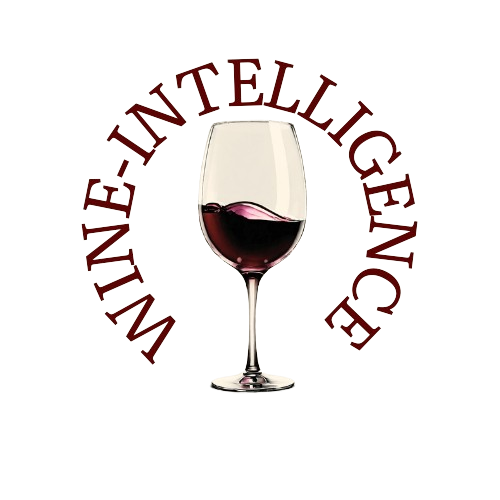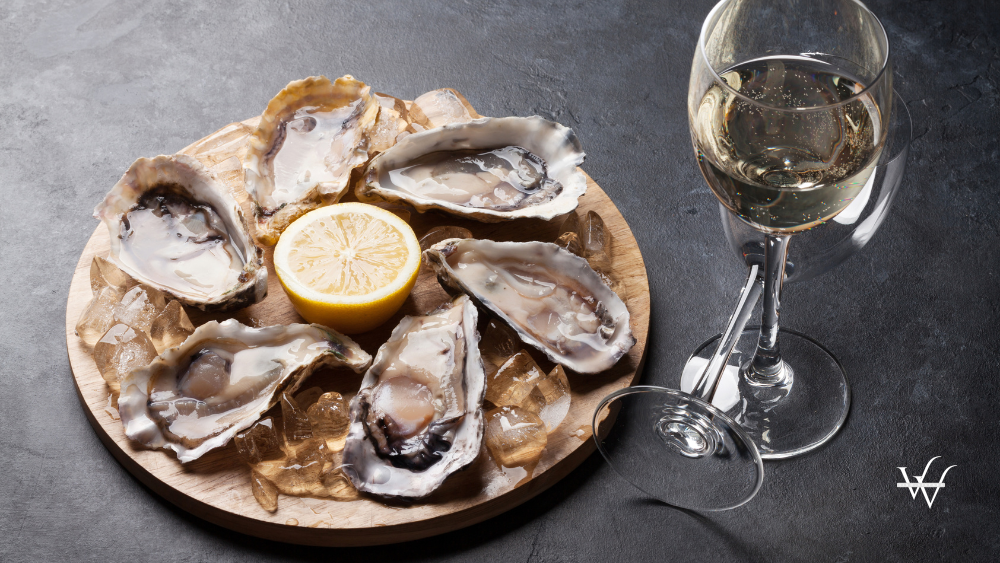The latest data from "Circana per Vinitaly" reveals that Prosecco, Chianti, and Lambrusco remain the best-selling wines in Italian large-scale retail, including e-commerce channels of generalist brands.
Despite an overall decline in volume, the total value of wine sales in this segment has experienced a slight increase. In 2024, 753 million liters of wine and sparkling wine were sold through large-scale retail, generating over 3.1 billion euros, solidifying it as the primary sales channel for the wine sector.
Market Trends: Volume Down, Value Up
According to Circana, the still wine segment recorded a -1.3% decrease in volume compared to 2023 but saw a +2.2% increase in value, suggesting a shift in consumer behavior towards quality over quantity. Bottled wines with designation of origin (DOC, DOCG, IGT) performed positively, achieving a +0.7% growth, a trend echoed across other categories, some of which posted unexpected gains.
On the pricing front, the average cost of bottled wines with a designation of origin is 5.57 euros per liter, marking a 2% increase from 2023. This rise is significantly lower than the previous year's 6% price surge, indicating a stabilization in cost trends.
The Best-Selling Wines of 2024
1. Prosecco: The Undisputed Leader
Prosecco continues to dominate the rankings, with 49.5 million liters sold (+4.7% YoY), amounting to 362.4 million euros (+2.8%). Despite a slight -1.9% decrease in the average price, Prosecco still holds the highest unit value among the top 10, with an average price of 5.51 euros per 0.75L bottle.
2. Chianti: A Consistent Performer
Chianti secured the second spot, albeit with declining numbers: 16.3 million liters (-2.9%), generating 95.8 million euros (-1%).
3. Lambrusco: Holding Strong
Lambrusco follows closely, with 15.1 million liters (-4%) sold, translating to 57.2 million euros (-3.7%).
4. Montepulciano d'Abruzzo: A Stable Contender
Montepulciano d'Abruzzo demonstrated resilience, with 14.1 million liters (+1.7%) sold for 51.6 million euros (+0.8%).
5. Chardonnay: Growing in Popularity
A mix of domestic and imported Chardonnays reached 11.7 million liters (+3.1%), yielding 53.9 million euros (+5.2%).
6. Vermentino: The Rising Star
Vermentino from Sardinia, Tuscany, and Liguria showed double-digit growth, with 11.6 million liters (+11.7%) sold for 84.1 million euros (+13.5%). Its 5.44-euro per bottle average price makes it the second highest-priced wine in the top 10.
7-10: Other Key Players
- Müller Thurgau (Trentino Alto Adige): 9.7 million liters (-3.8%), 49.2 million euros (-3.3%).
- Barbera (Piedmont & Lombardy): 8.8 million liters (+1.4%), 44.7 million euros (+3.4%).
- Ribolla Gialla (Friuli Venezia Giulia): 8.6 million liters (+11.3%), 48 million euros (+8.7%).
- Nero d'Avola (Sicily): 7.7 million liters (0.9%), 34.8 million euros (+0.6%).
Wines Just Outside the Top 10
Primitivo di Puglia recorded significant growth, selling 7.3 million liters (+11.8%) for 45.7 million euros (+12.6%). Additionally, Metodo Classico sparkling wines saw positive performance, with 7.2 million liters (+3.8%) sold for 134.4 million euros (+6.2%), making it the second most valuable category after Prosecco, boasting the highest overall average price at 13.8 euros per bottle (+2.3%).
Industry Outlook: Challenges and Opportunities
Despite the negative overall trend, the 2024 market shows improvement compared to 2023. Virgilio Romano, Business Insight Director at Circana, noted:
"While the slowdown due to rising prices appears to be behind us, the market remains uncertain. Consumers are opting for fewer purchases and choosing more affordable brands and types. However, positive signals are emerging, and strategic decisions must be made to stabilize the sector."
This precarious equilibrium presents an opportunity for producers and retailers to focus on smart pricing strategies, targeted marketing, and consumer engagement to sustain demand in an evolving market.
Source: WineNews

